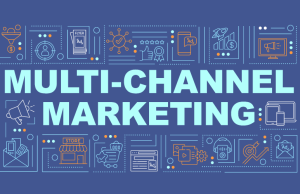“A million dollars isn’t cool. You know what’s cool? A billion dollars.” Planned giving doesn’t have quite the panache of Justin Timberlake’s remark in the 2010 film, “The Social Network,” portraying Sean Parker in the early days of Facebook.
For some nonprofits, however, investments in planned giving today can pay off in
diamonds far into the future.
The ACLU Foundation’s bottom line has grown significantly the past few years
fueled by high-profile policy fights with the previous federal administration,
acquiring new donors, especially monthly givers, or sustainers. The New York
City-based national office also has focused on planned giving.
“Prioritizing sustainers is a no-brainer just because of the sustained giving that they truly provide,” said Mark Wier, chief development officer for the ACLU
Foundation in New York City. “You want a funder base even when there’s not a
hot, trendy issue because the need is still there,” he said. “You want to build a
more even funding base, as much as any nonprofit can.”
Weir concedes that planned giving might not seem like an innovative idea but it’s a missed opportunity if organizations are not investing heavily in the marketing side of it. “It’s going to be just a huge revenue area in the future. It’s kind of like a
pipeline that you know is out there — 50 years ahead, if not more sometimes — of
revenue that will come to you eventually but it provides a sense of stability,” he
said.
Bequest intentions — people indicating they’ve left the organization in their will —
typically range from $40 million to $50 million per year for the ACLU Foundation. “You don’t know if you’ll see all of that, people change their plans, but it’s a significant amount,” Wier said. Between the 2016 election and late last year, bequest intentions ballooned to $300 million and the ACLU Foundation has more than $1 billion in the planned giving pipeline.
By 2050, annual revenue from planned giving, which now is about $25 million in
realized bequests, possibly could grow to as much as $100 million. “It’s far out, of
course, from now but it’s a future revenue stream that we are building now,” Wier
said
“It’s been going up simply because the number of people who’ve left us bequests
in the pipeline has continued to increase,” Wier said. “What you realize now is
kind of the work you’ve done years in the advance,” he said. “It’s very small
increments of increase, year-over-year. We’re really going to see that real hockey
stick until about 2040.”










